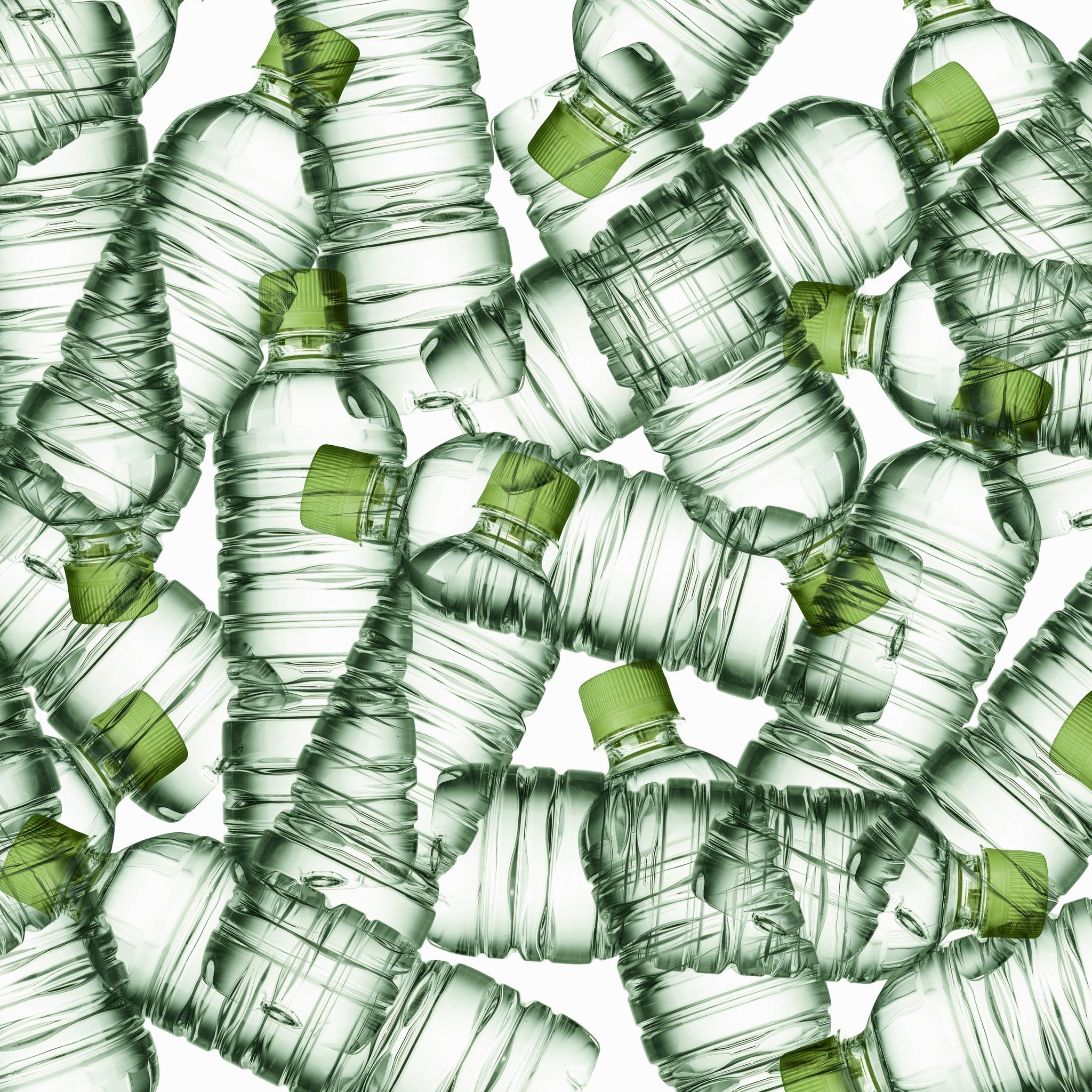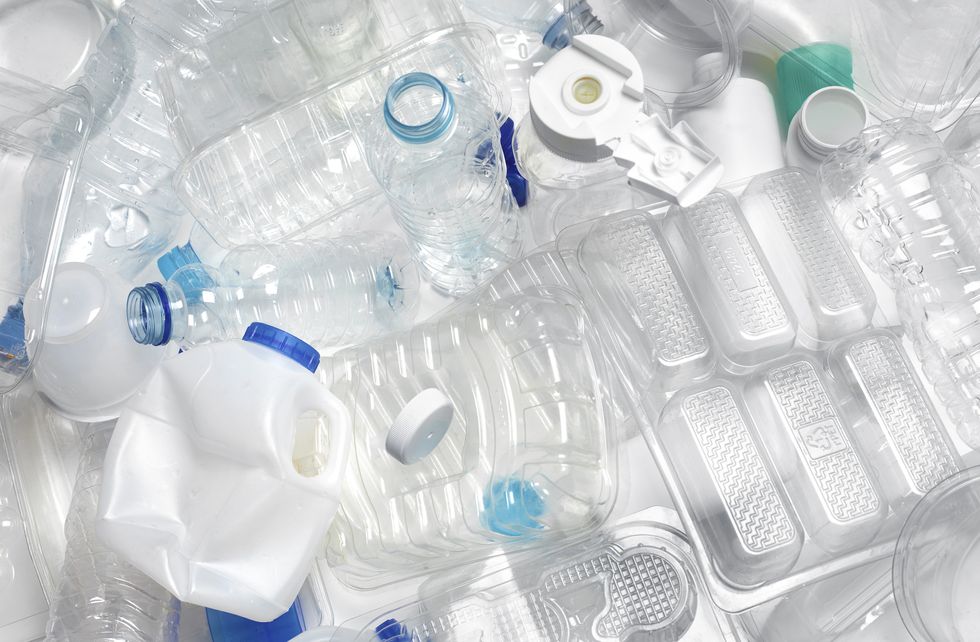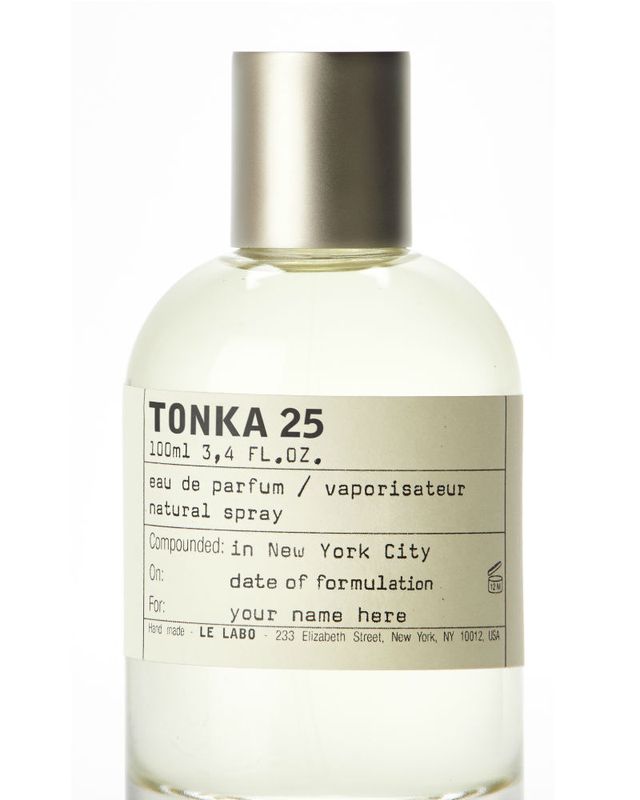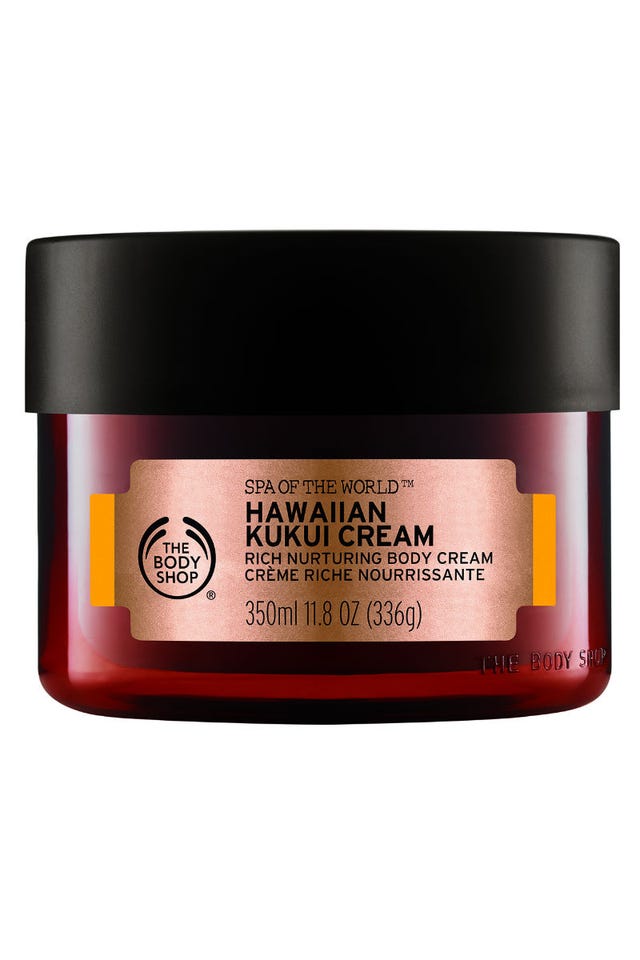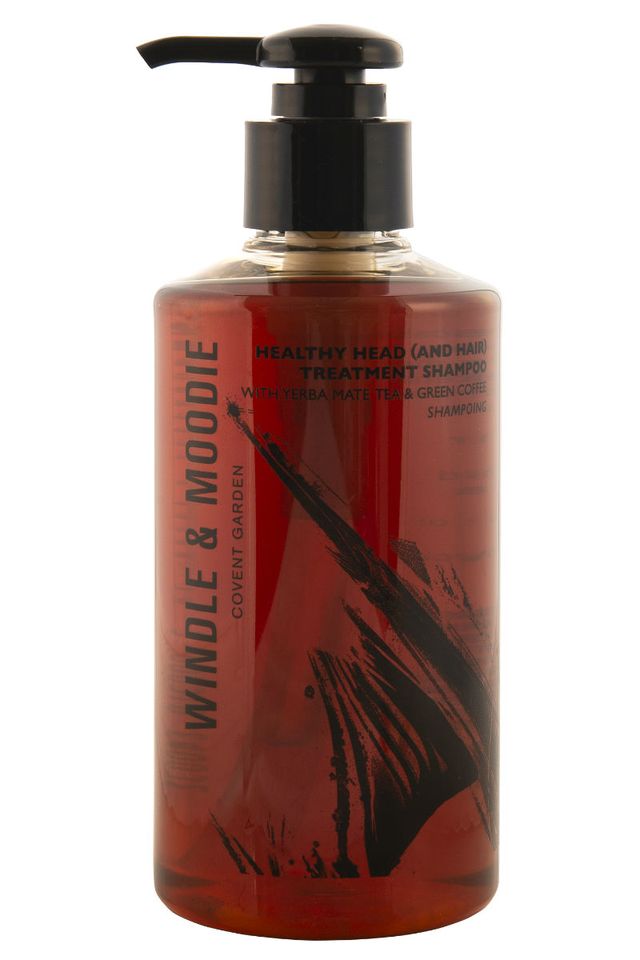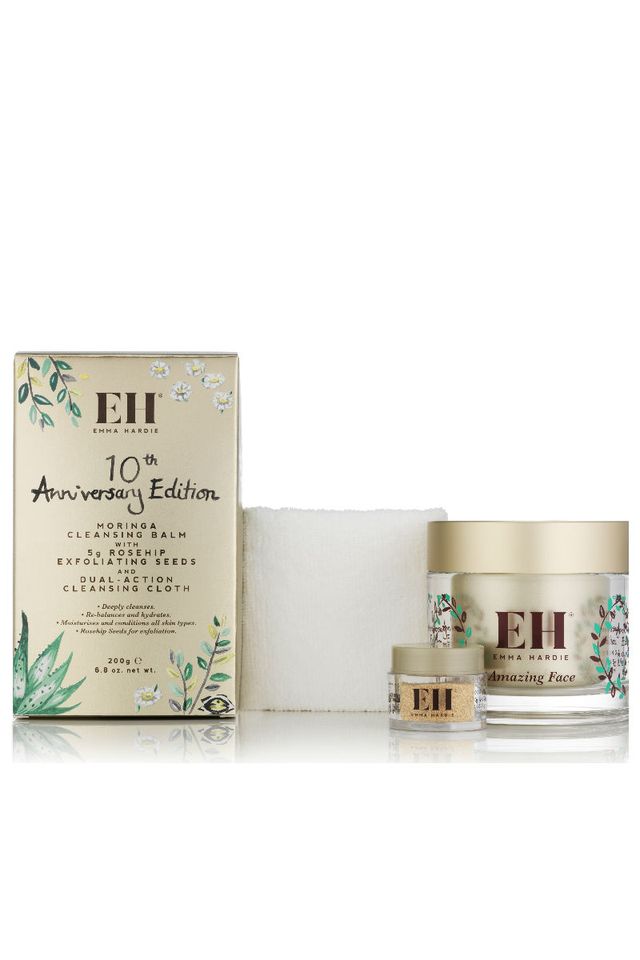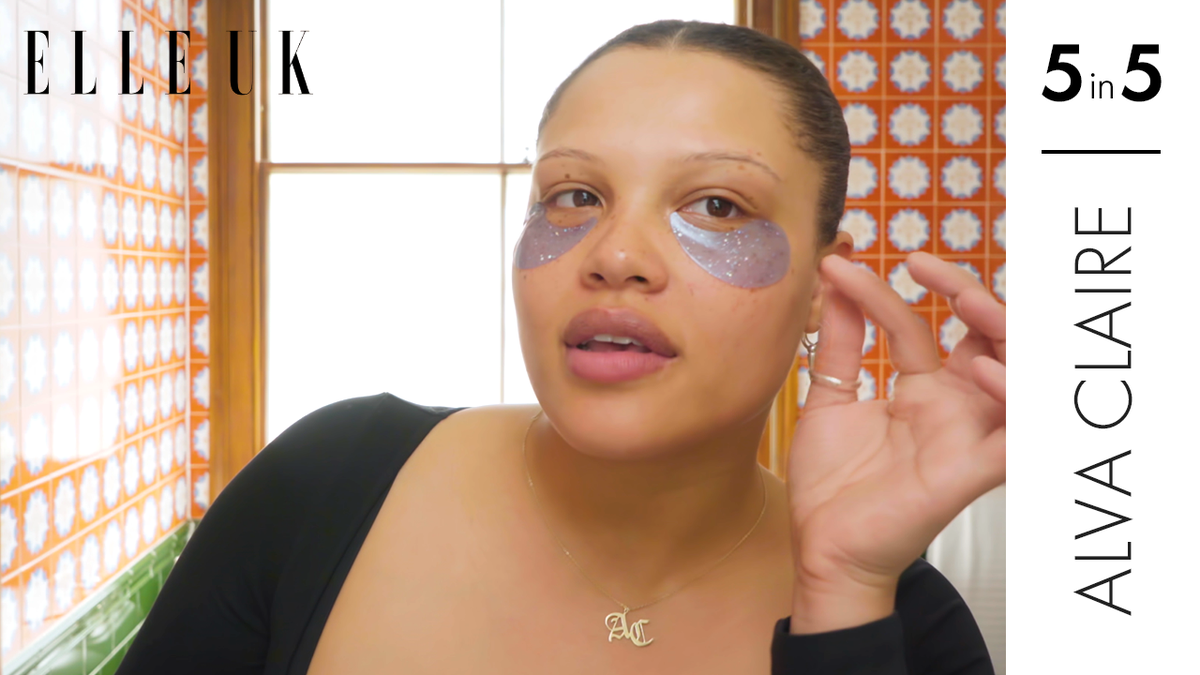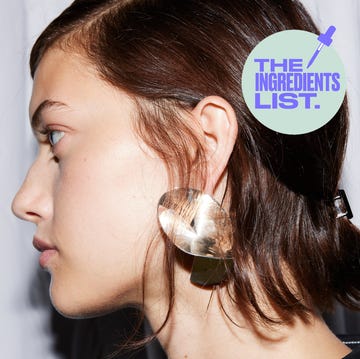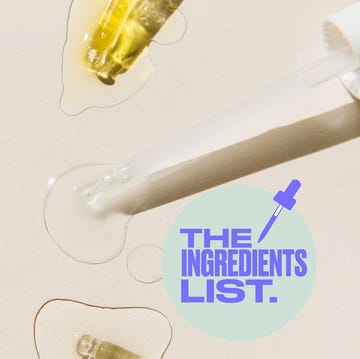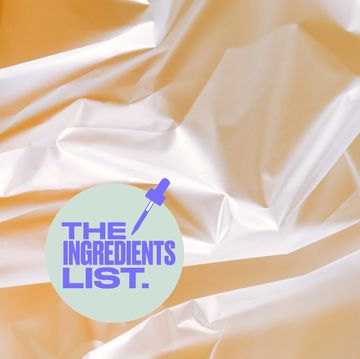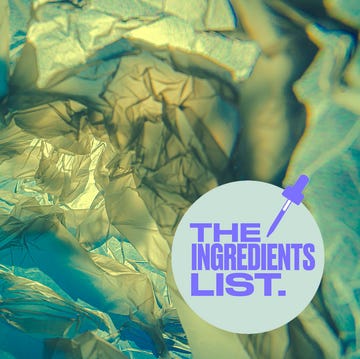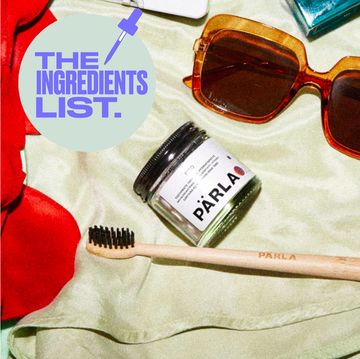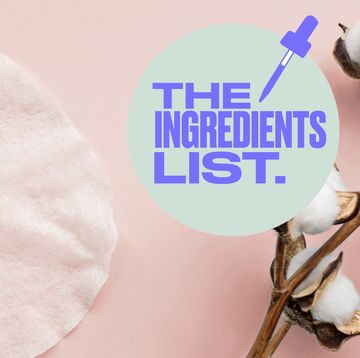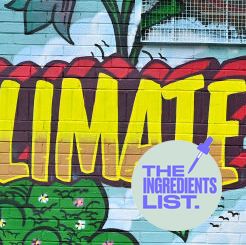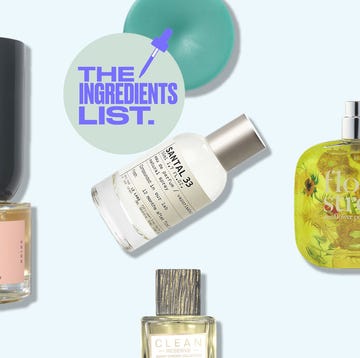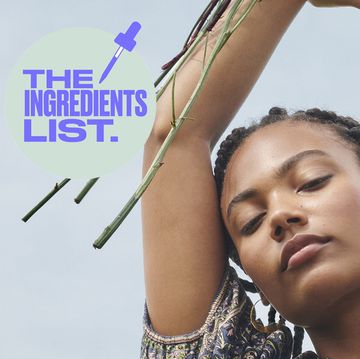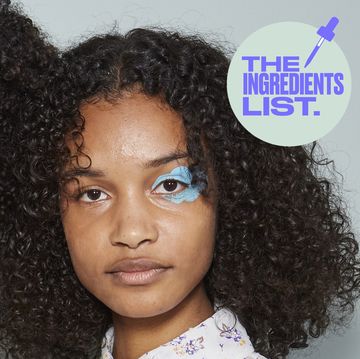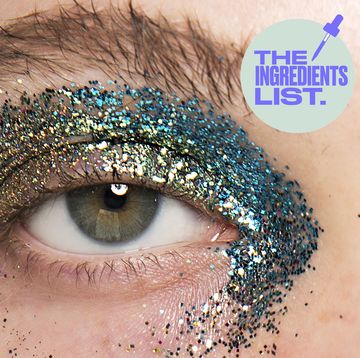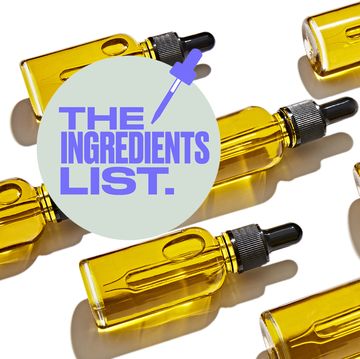The Ingredients List - Breaking down the what, where and why of natural and eco-friendly beauty.
When it comes to sustainability, the beauty industry has been trying to get its act together for quite some time now. Credit where credit is due, beauty companies are trying (face wipes and plastic cotton buds will be banned from 2020) but it feels like for every one step forward, the industry is taking two back.
Leading the way for the dubious more harm than good sustainable 'solutions' is bio-degradable plastic in your beauty products.
A couple of years ago bio-degradable plastic was the holy grail answer to our planet's plastics problem, but now the cracks are starting to show. By definition, biodegradable products should be made from 'a substance or object that is capable of being decomposed by bacteria or other living organisms and thereby avoiding pollution'.
Does that sound like plastic to you? We didn’t think so.
Essentially, bio-degradable plastic is made up of corn-based resources and then chemicals are added during the production to make the plastic break down at a faster rate when coming into contact with sunlight. With plastic taking, on average, up to 1000 years per item to decompose naturally in landfills, and almost every piece of plastic ever made still existing, bio-degradable plastic is, in theory, a solution.
Bio-degradable plastics have been used in the packaging of hair care, body and skincare products as an alternative to the usual materials that are known to damage the environment.
The theory behind bio-degradable plastics that are often advertised on the labels of our shampoo and cleanser bottles, is that when exposed to specific conditions and high temperatures (such as 50+ degrees) the plastic starts to break down. But how often are temperatures reaching that high naturally? Hopefully, not all that often. In fact that seems like the whole problem we’re trying to avoid...
WWF UK Sustainable Materials Specialist, Paula Chin explains that, ‘People tend to put the term "bio-degradable" in the same category as "compostable" and therefore think this is a positive message on plastic packaging. However, plastic packaging which claims to be bio-degradable will only break down within industrial composting facilities, which are designed to handle a very large volume of organic waste in controlled conditions. And more often than not, these facilities will not accept them as it won’t break down as quickly as food, resulting in contamination’.
So the products we're consciously buying because they're made from bio-degradable plastic aren't even being given the opportunity to actually biodegrade. Anyone else seeing an issue here?
But the breakdown isn’t the only issue. As we all know, our plastic is ending up in the oceans and that’s a huge problem. Even if plastics were naturally exposed to over 50 degree heat, it’s probably more likely to end up in the oceans before it even gets to a stage where that would be an option, making it impossible to decay, and therefore harming marine life.
After the ban of face wipes became mainstream, brands famous for their super speedy make-up removing solution have turned to bio-degradable materials for the answer. However (as with everything), this has its own set of issues.
This system only truly works if you get a bin that has two sections in your bathroom, one for non-recyclables and one for recycling. The bio-degradable make-up wipes would go into the recycling section which can then be composted in the garden (if you have one). If you don’t, the easier solution for everyone is to switch up your cleansing routine and ditch the wipes in favour of a good cleanser and a re-usable cloth.
The main problem with face wipes comes when they’re flushed down the toilet. Water UK announced that wipes accounted for a huge 93% of the material that blocked UK sewers. Our advice? Avoid at all costs.
Chin suggests that, ‘the answer isn’t necessarily to switch to products in alternative packaging as these can have huge environmental impacts. The key is to identify beauty products where the packaging is refillable and reusable for another purpose, support brand and retailer initiatives who encourage the return of packaging for recycling purposes and ensure where packaging is unavoidable, make sure it does contain recycled materials as this can reduce the overall carbon impact.’
We earn a commission for products purchased through some links in this article.
An example of this is Le Labo’s re-fill service. Simply take your finished Le Labo perfume bottle into one of their boutiques and they'll top it up with your favourite scent for a hefty discount. Windle and Moodie also offer a refill service for empty shampoo bottles at their Covent Garden store. The Body Shop took to their Instagram to share how their customers had creatively re-used their empties: plant pots seemed to be the real winner.
REN Skincare are changing the game with their Loop refill service which has launched in the US and is coming to the UK very soon. To cut down on plastic, beauty brands' hero products will be packaged in reusable glass bottles. When you’re all out of body wash, someone will drop off a new bottle and take your old one to clean and re-use. Each glass container can be re-used up to 100 times, cutting a lot of recycling time and single-use plastics.
